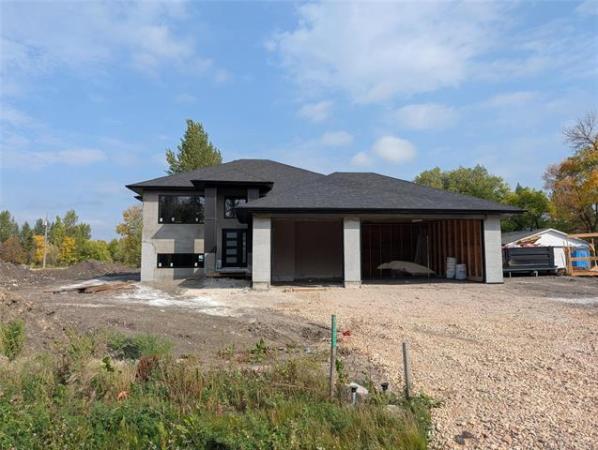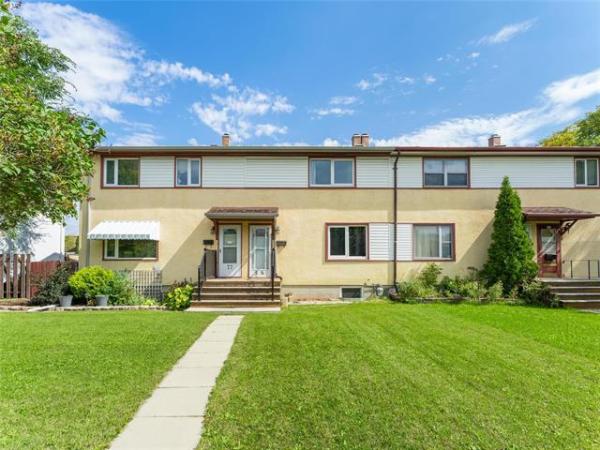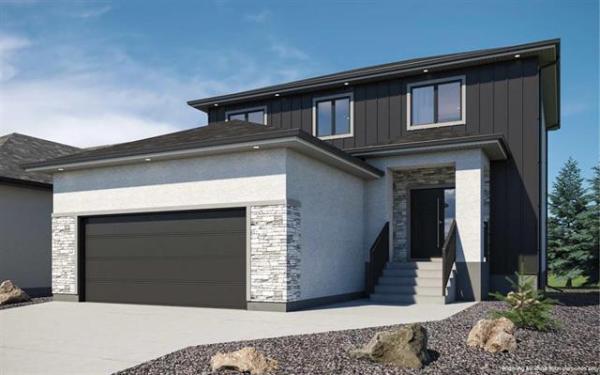QUESTION: We have a wood basement, foundation walls, and a concrete floor. There are eight-foot-high ceilings and there is approximately two feet above ground for the small windows. Recently we had a clean water backup in our basement. I have had the renovation team in to take out two feet of Gyproc around the bottom of most of the walls and have fans and dehumidifiers running to dry it all up. I would like to install treated plywood from the floor to meet with the Gyproc, in case we have any more water backup. It has happened before so I do not trust my basement. When the Gyproc was taken off, there was no insulation behind the walls for those two feet, and the plastic moisture barrier was about five inches from the floor.
Is there supposed to be insulation on the outside walls and a vapour barrier? I would like to know before I get the work done in the basement. We do not use the basement that much anymore, but I would like it dry and fixed. We only have a painted floor as I said we have had water backups before. Some of the cement on the floor is breaking up, it may have been when the water softener backed up and left salt on the floor. How can I repair this? Also, we have a crack from one end of the cement floor to the other end, a very fine hairline crack. Pat Spraggs, Shoal Lake
ANSWER: It is quite common for basements to be renovated by removing a portion of the drywall and insulation from the bottom of the walls inside the foundation after a flood or sewer backup. While this repair is often sufficient to remove wet or badly damaged material, preventing mould growth, it does not address the cause of the damage. Before you try and repair the damage and replace the missing insulation you must attempt to determine what is causing the repeated problems and fix them before going any further.
While you say that you had a "clean water backup," I am confused due to the rural location of your home where you obviously have a private water and waste system. Most of these systems are a combination of a holding tank and field and if there is a backup it is normally not clean water. Unless you have a sump pump that is continually failing and rainwater is overfilling the pit, I don't see how the water can be "clean" if it is caused by drains backing up. What it sounds like you are experiencing is water leakage through your foundation, which is a different scenario entirely. If that is the situation, it would make sense that fibreglass insulation has been removed from the bottom sections of the wood foundation. Even periodic seepage would create a situation where the insulation could remain wet and mould growth would be a certainty. It appears to me that you have a problem with the pressure treated wood foundation in your home and you must address that issue before wasting any time and money on insulating and finishing the basement walls.
While there is no theoretical reason why preserved wood foundations can't work in our climate and geographic region, too often they are not properly installed. Common defects include inward bowing, buckling, and of course leakage. Wood foundation walls can often be waterproofed on the exterior in a similar manner to concrete foundations, but I suspect that many are poorly damp-proofed with bitumen only and not a proper foundation membrane. While this coating may be protected by some rigid foam insulation on the exterior, it may not prevent deterioration. Over time, especially if there is some movement or deflection in the foundation walls, small gaps may appear in or between the PWF plywood sheathing that may allow water penetration. If you are seeing the "backup" after a heavy rain or during the spring melt, this is what is probably happening. Exterior repairs on the foundation may be the only way to stop this from reoccurring.
Before attempting any interior repairs, you should dig down in a small area outside the foundation walls to see how the wood foundation has been constructed and covered. If there is no foam insulation or rigid membrane covering the outside of the sheathing you may have to investigate further. Calling in a reputable foundation contractor to excavate further and check for deterioration to the walls, damp-proofing, and weeping tiles will be required. It is highly likely that you may have to dig all the way around the home for a proper repair, but that may only be ascertained by a professional inspection. I would suspect that this is where the water is coming from, so you should budget for a major repair of this type.
Once you have determined where the water is coming from, and made arrangements to fix it, then you can decide how to insulate and finish the inside. I think it is a good idea to use moisture resistant plywood, rather than highly absorbent drywall, on the bottom of the interior walls, even if you don't have a leaky foundation. You should also consider using foam insulation of some type, which will also prevent moisture damage and mould growth in this area. But the main issue to consider is the water leakage itself. If you don't find and fix the cause of the repeated water intrusion, it doesn't really matter what materials you use to insulate the foundation, because a chronically wet basement may cause other health and damage issues in your home.
Ari Marantz is the owner of Trained Eye Home Inspection Ltd. and the president of the Canadian Association of Home & Property Inspectors - Manitoba (www.cahpi.mb.ca). Questions can be e-mailed to the address below. Ari can be reached at (204) 291-5358 or check out his website at www.trainedeye.ca.
trainedeye@iname.com



